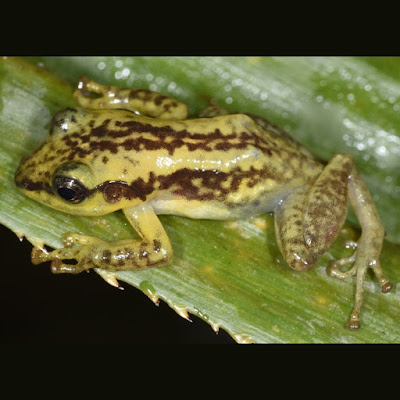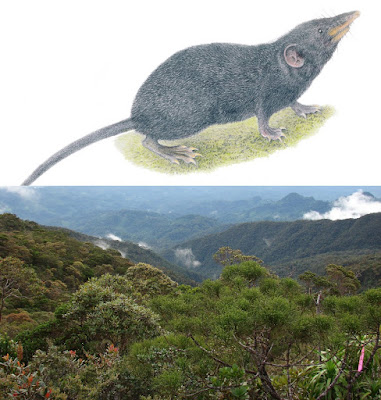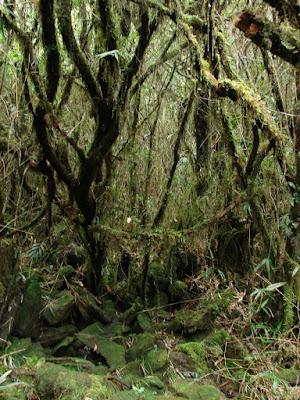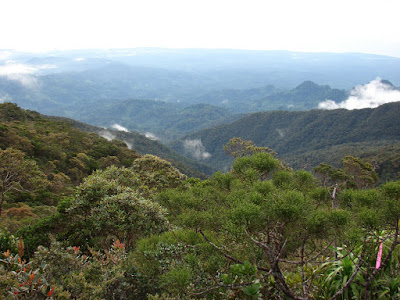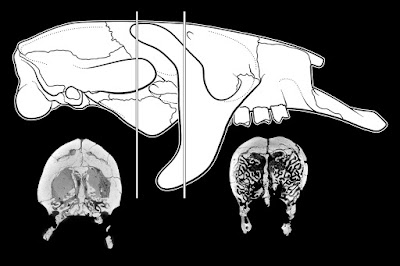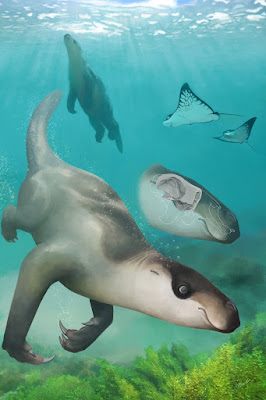 |
| Calyptrochilum aurantiacum (P.J.Cribb & Laan) Stévart, M.Simo & Droissart in Simo-Droissart, Stévart, Sonké, et al., 2018. |
Abstract
In the context of producing a revised phylogenetic Linnean taxonomy of angraecoid orchids, the monotypic and narrow-endemic genus Ossiculum is synonymised with Calyptrochilum. Accordingly, a new combination in Calyptrochilum is proposed for Ossiculum aurantiacum. The morphological and DNA-based evidence for this transfer is discussed. Moreover, Calyptrochilum aurantiacum is here firstly reported outside Cameroon, with a record from the Republic of the Congo. The Red List conservation status of this species is reassessed and it is to be downgraded from “Critically Endangered” (CR) to “Endangered” (EN), following the recent discovery of additional subpopulations in Cameroon.
Keywords: Angraecoid orchids, Calyptrochilum, ex situ conservation, IUCN Red List Categories and Criteria, Mungo River Forest Reserve, Odzala National Park, Ossiculum aurantiacum
Calyptrochilum aurantiacum (P.J.Cribb & Laan)
Stévart, M.Simo & Droissart, comb. nov.
Stévart, M.Simo & Droissart, comb. nov.
Basionym: Ossiculum aurantiacum van der Laan & Cribb, 1986: 824.
Conclusion:
Morphological and DNA-based evidence led to the transfer of the narrow-endemic Ossiculum aurantiacum to the widespread genus Calyptrochilum and, thus, recognises the monotypic genus Ossiculum as a junior synonym of Calyptrochilum. Thanks to recent intensive field trips and laboratory work on central African orchids, new localities of Calyptrochilum aurantiacum have been discovered, a situation that contributed to downgrade the IUCN conservation status of the species. Calyptrochilum aurantiacum is currently known from five locations in two countries (Cameroon and Republic of the Congo) and is assessed as Endangered [EN B2ab(iii,v)] according to the IUCN Red List Categories and Criteria. Fieldwork within and around the Odzala National Park is required to evaluate the species habitat and the state of the subpopulation there. In situ studies on reproductive biology would be necessary for greater efficiency in conservation measures.
Murielle Simo-Droissart, Tariq Stévart, Bonaventure Sonké, Sandrine Mayogo, Narcisse Kamdem and Vincent Droissart. 2018. New Taxonomic and Conservation Status of Ossiculum (Vandeae, Orchidaceae), A Highly Threatened and Narrow-endemic Angraecoid Orchid from Central Africa. PhytoKeys. 98: 85-97. DOI: 10.3897/phytokeys.98.23511
Résumé: En vue de produire une classification taxonomique linnéenne des orchidées angraecoïdes, le genre monotypique Ossiculum, longtemps considéré comme endémique du sud-ouest Cameroun, est placé en synonymie de Calyptrochilum. En conséquence, une nouvelle combinaison dans Calyptrochilum est proposée pour Ossiculum aurantiacum. Les données morphologiques et moléculaires qui justifient cette combinaison sont discutées. L’espèce est signalée pour la première fois hors du Cameroun, en République du Congo. Suite à la découverte récente de sous-populations supplémentaires au Cameroun, le statut de conservation de cette espèce est réévalué selon la liste rouge de l'UICN. Bien que toujours menacée, l’espèce Calyptrochilum aurantiacum est transférée de la catégorie “En danger critique” (CR) vers la catégorie “En danger” (EN).






















